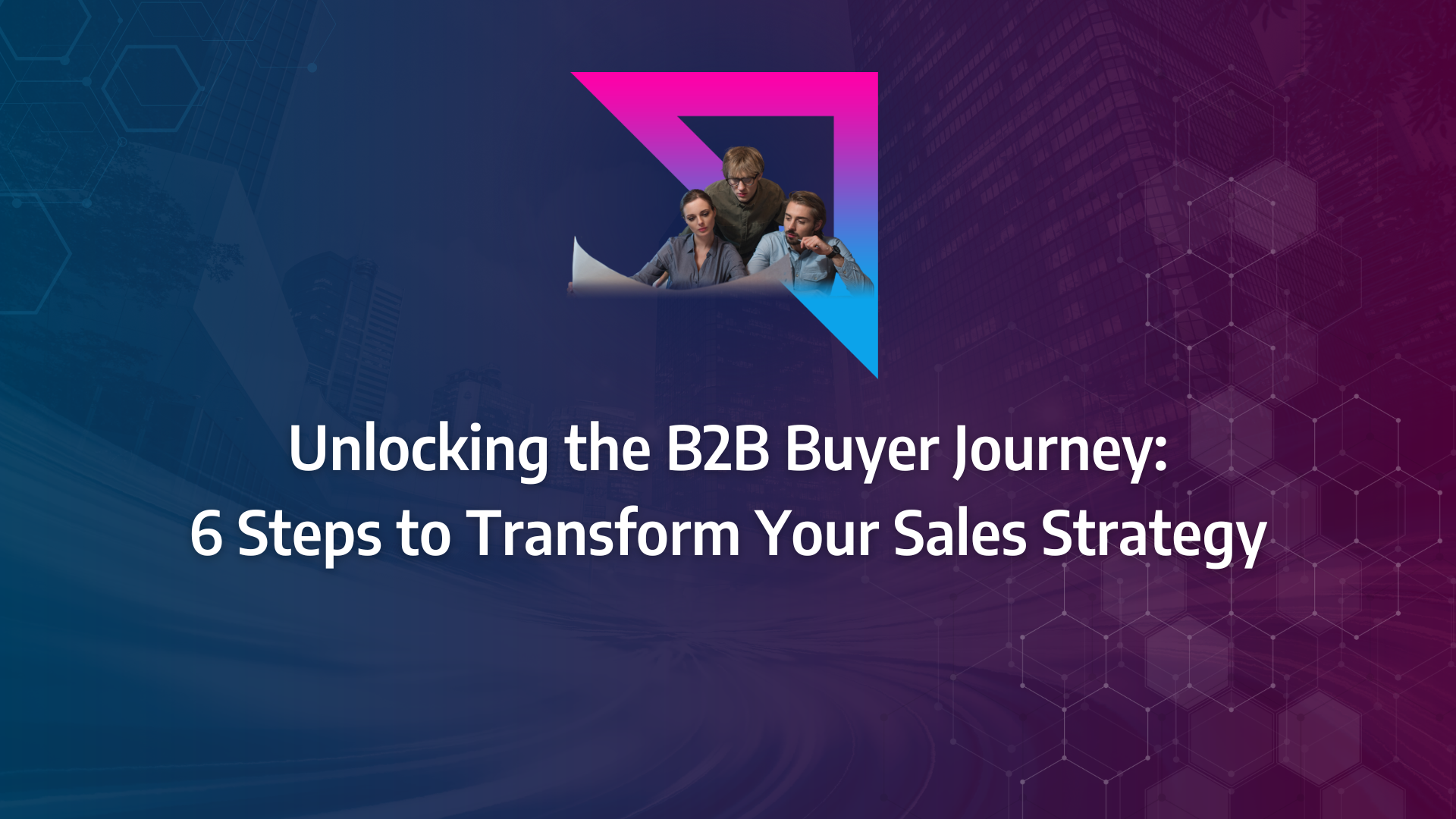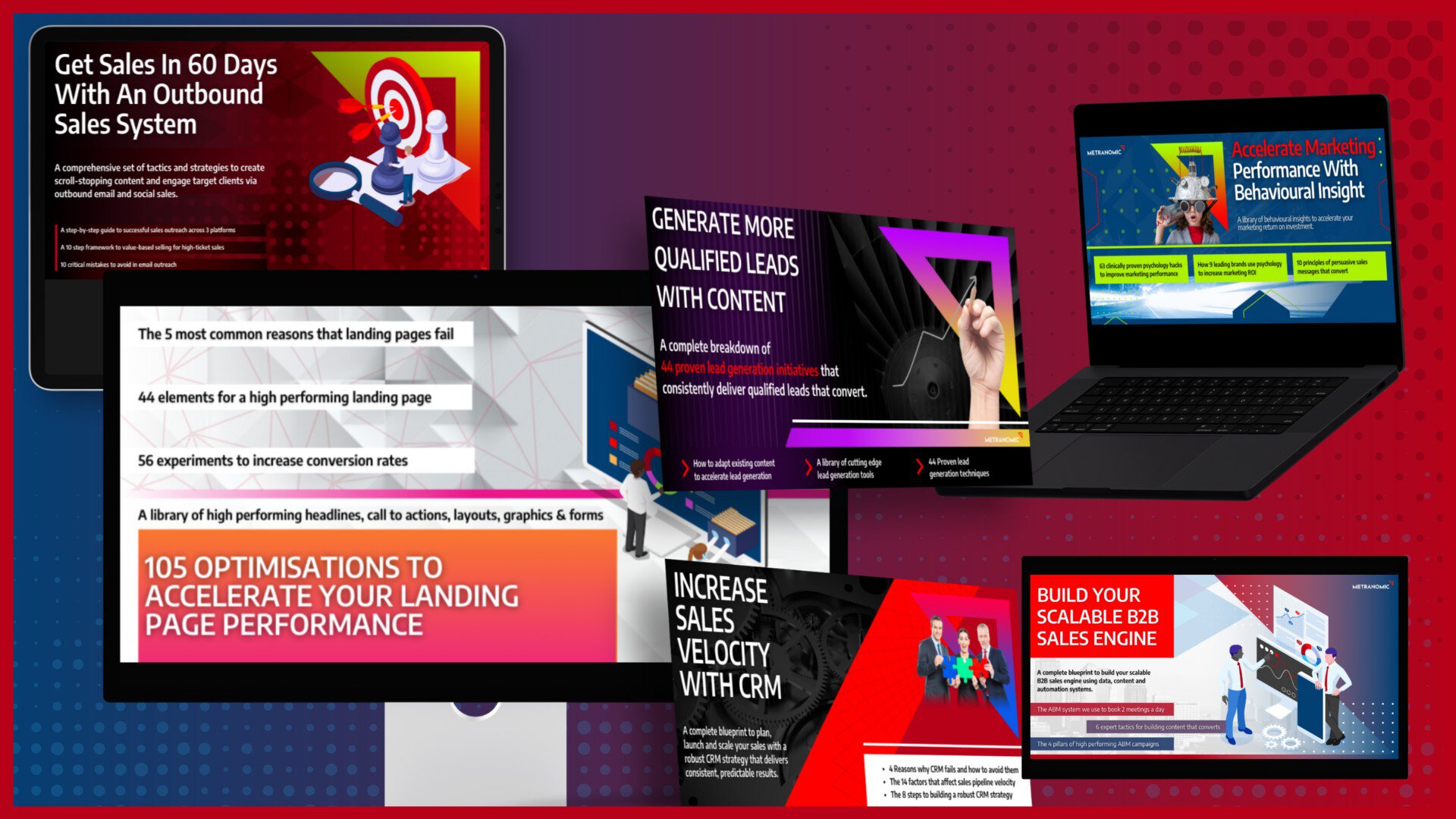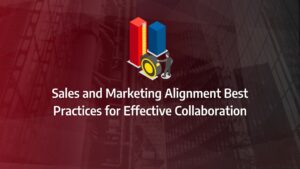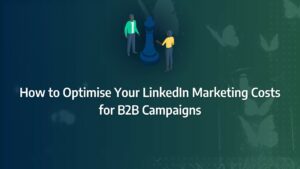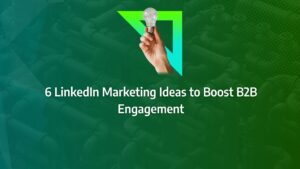Navigating the buyer journey can feel like an endless maze. With each potential client having unique touchpoints and varying needs, it’s easy to lose your way and miss out on valuable opportunities. If you’ve ever struggled with aligning your marketing and sales efforts or watched as promising leads slipped through the cracks, you’re not alone. The path to success isn’t always clear—but it can be.
By mastering the modern B2B buyer journey, you can transform your sales strategy, ensuring every interaction is purposeful and every lead is nurtured effectively. This guide will walk you through six crucial steps to map, understand, and optimise the buyer journey, helping you turn confusion into clarity and prospects into long-term partners.
- Map the Buyer Journey: Understand the modern B2B buyer journey by creating a detailed map that captures each touchpoint and decision stage, ensuring alignment with your marketing and sales strategies.
- Optimise the Awareness Stage: Capture attention early in the buyer’s journey by leveraging targeted content and SEO strategies that address potential customers’ pain points and introduce them to your solutions.
- Guide Through Consideration: Use informative and persuasive content like case studies and webinars to position your product as the best solution during the consideration stage, addressing buyer concerns and comparisons.
- Facilitate Decision-Making: Convert prospects into customers by offering clear, value-driven proposals, product demos, and free trials, building trust and reducing friction in the decision-making process.
- Ensure Smooth Implementation: Provide robust onboarding and support resources to help customers implement your product effectively, fostering satisfaction and encouraging long-term use.
- Focus on Retention: Maintain customer engagement and satisfaction through regular check-ins, personalised content, and loyalty programs, preventing churn and encouraging repeat business.
- Leverage Advocacy: Turn satisfied customers into advocates by encouraging reviews, case study participation, and referrals, harnessing the power of word-of-mouth to drive new business.
- Utilise Journey Mapping Tools: Invest in CRM systems and customer journey analytics software to continuously monitor and optimise the buyer journey, adapting to changing customer behaviours.
- Overcome Alignment Challenges: Address internal challenges such as misalignment between marketing and sales by fostering collaboration and enhancing data collection to better understand and serve your buyers.
How Can Businesses Effectively Map Out the B2B Buyer Journey?
The B2B buyer journey refers to the process that prospective clients follow before making a purchase. Unlike the B2C buyer journey, which typically focuses on immediate transactions, the modern B2B buyer journey demands a more sophisticated approach. Here, the goal is to nurture leads while addressing industry-specific and tailored pain points at every stage of the buyer’s decision-making process.
The Three Core B2B Buyer Journey Stages
- Awareness
The journey begins when the buyer identifies a problem or need that requires a solution. In many cases, B2B buyers may not fully understand the nature of their problem, offering brands an excellent opportunity to step in, educate, and guide prospects through their challenges. This crucial phase is where brands can build credibility by showing that they understand the buyer’s pain points. - Consideration
At this stage, buyers are actively researching various solutions available on the market. They weigh up their options to determine which product or service can best address their needs. The B2B buyer journey stages demand precision here, as your content should position your offering as the most relevant, considering the buyer’s specific requirements. - Decision
At this point, the buyer has reviewed all their options, made their decision, and finalised a purchase. But in the B2B buyer journey, this is where the retention phase begins. Your work doesn’t end after the sale. Building long-term relationships and ensuring satisfaction is vital for future sales and continued customer loyalty.
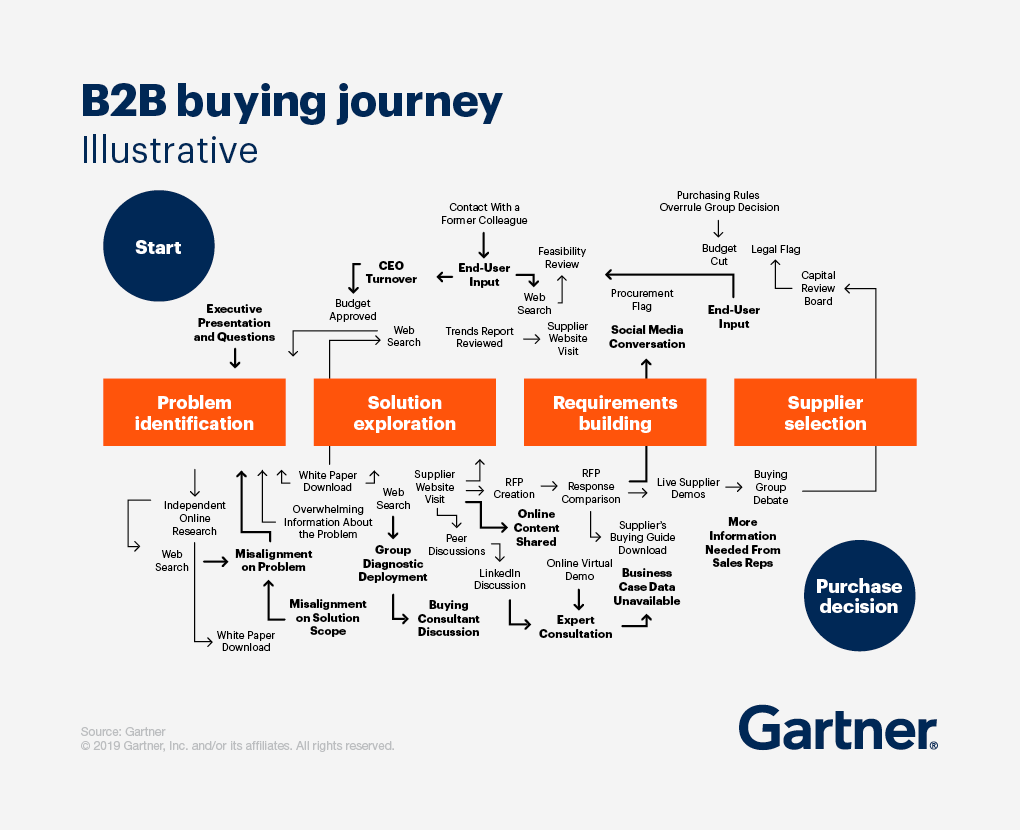
Though these stages seem straightforward, the modern B2B buyer journey is far from simple. In reality, it is a multifaceted process that requires precise B2B buyer journey mapping to ensure long-term success.
What Matters Most?
B2B buyer journeys are rarely linear and marketers often discover that buyers can jump between stages unpredictably. It is essential to adopt a more dynamic engagement model that allows for flexibility. Another key insight we have found is that transparency, especially in early stages, creates differentiation—companies that address objections head-on build greater trust and accelerate decision-making. Additionally, speed in response times significantly influences buyer momentum.Get In Touch
The Six Essential Steps to B2B Buyer Journey Mapping
Mapping the B2B buyer journey involves understanding that the buyer invests time and resources into their purchasing decisions. Ensuring that their journey leads them to your business requires a well-defined strategy. Below is a six-step framework that can be used to map this journey effectively.
1. Create Your Buyer Personas
You can’t effectively target your audience without first defining who they are. Creating detailed buyer personas allows you to step into the mindset of your prospects. These personas are more than just generic profiles—they should reflect real data, including industry, company size, job roles, and individual pain points. But the best personas dig deeper into behavioural insights, motivations, and the unique challenges faced by your buyers.
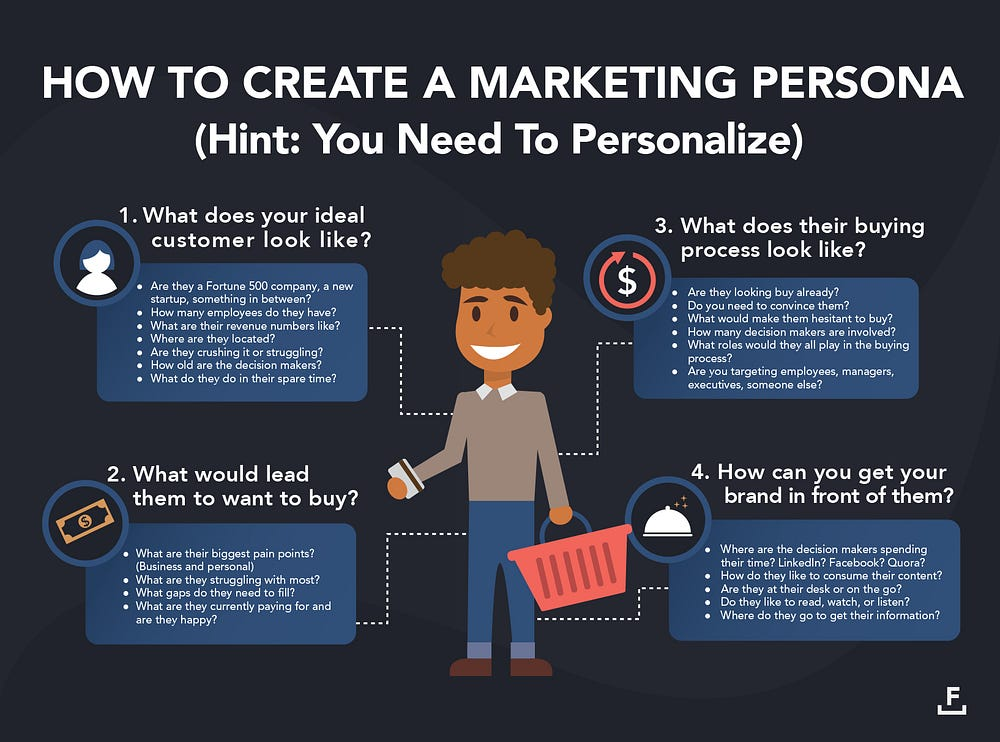
2. Understand the Problems Your Buyers Face
With clearly defined buyer personas, the next step is to dive into the issues your target audience is encountering. What pain points do they have? What challenges are slowing them down? This is where your business has the chance to shine by providing solutions that speak directly to these challenges.
Conducting keyword research can reveal what your buyers are actively searching for online. Considering that 59% of buyers prefer to clarify their needs independently before reaching out to sales reps, your content should be designed to demonstrate that you understand their problems. This builds trust and positions your brand as the expert they remember when making a decision.
3. Presenting Your Solutions
After identifying your buyer’s challenges, it’s crucial to position your product or service as the ideal solution. During the consideration stage, your content must showcase your offering’s ability to resolve their specific problems. Research how your competitors are positioning themselves and adjust your messaging accordingly to highlight your unique selling points.
Your competitors will come into play more prominently during the decision stage, but optimising your content now ensures that you’re delivering the exact information your buyer needs during the B2B buyer journey stages.
4. Define Your Touchpoints
Planning your interaction points is critical in B2B buyer journey mapping. While some experts suggest it takes around seven touchpoints to convert a prospect into a customer, the reality is far more complex. In B2B, the journey isn’t linear; buyers often jump back and forth between stages, requiring a flexible approach.
Your touchpoints should address your buyer’s needs at every stage. Analytics tools can help track which content formats and keywords drive the most engagement, allowing you to refine your touchpoints to provide maximum value.
Source: Gartner
5. Map Your Content Strategy
Content is the driving force behind every successful B2B buyer journey. Whether it’s in the form of whitepapers, case studies, or webinars, mapping your content strategy over each journey stage ensures that your messaging aligns with the buyer’s concerns, objectives, and interests.
If certain questions are frequently asked during the decision stage, consider creating a video or detailed guide that answers these queries. By strategically placing this content at the relevant touchpoints, you help buyers move seamlessly through their journey, while ensuring your content is always relevant and timely.
6. Test Drive Your Buyer Journey
No buyer journey map is complete without thorough testing. You can’t assume that the experience you’ve designed will work perfectly in practice. Consider running simulations or asking colleagues to navigate the buyer journey to spot any gaps or areas for improvement. Analytics tools are essential here for ongoing optimisation, helping you to refine the strategy as your buyers evolve.
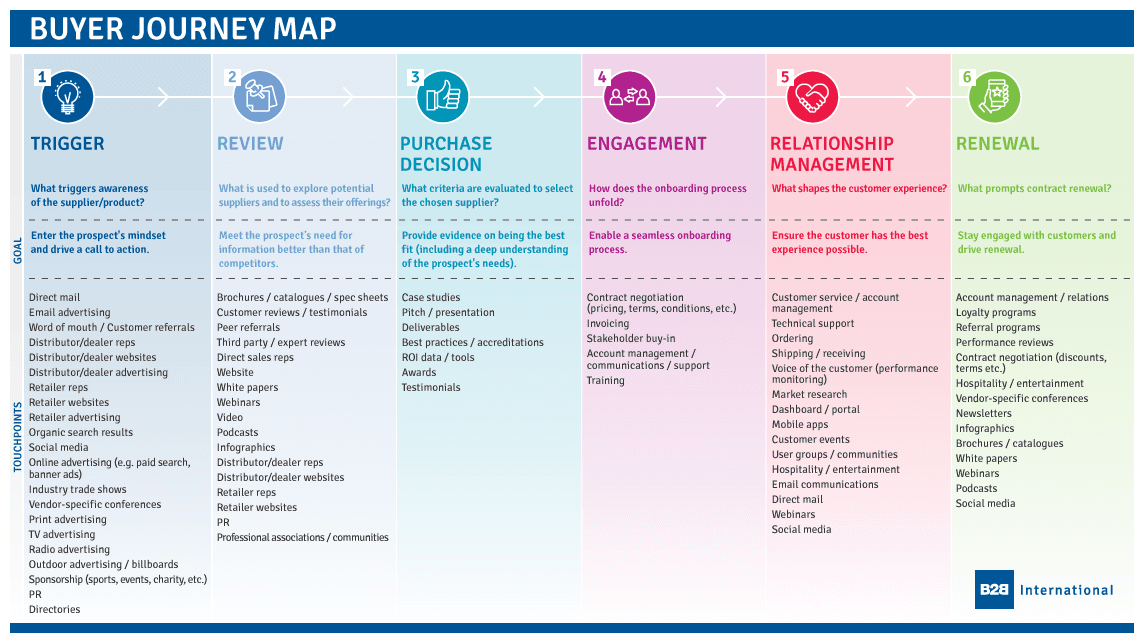
How Do Companies Identify and Target Potential Buyers in the B2B Buyer Journey?
Analysing Typical Buying Groups
In B2B marketing, understanding your target audience is essential for success. You cannot effectively sell to a prospect if you don’t know who they are, what they need, and how to reach them. This is where buying groups come into play. A buying group is a collection of individuals involved in the decision-making process for a particular purchase, and identifying these groups is crucial for navigating the B2B buyer journey.
There are typically four key types of individuals within a buying group:
- Influencers: These individuals help shape the decision-making process but do not have the final authority over what is purchased. Influencers may provide valuable input on which products or services to consider and may even conduct research on behalf of the team.
- Deciders: As their title suggests, deciders hold the ultimate authority over what is purchased. They may reach decisions independently or collaboratively, but they are the ones who approve the final choice.
- Gatekeepers: Gatekeepers control access to information and resources during the purchasing process. They may screen vendors or products before passing them on to other members of the group, effectively shaping which options reach the deciders and influencers.
- End Users: These are the individuals who will use the product or service once it is purchased. While they may not always be involved in the decision-making process, their feedback can be crucial, especially when it comes to renewing contracts or making adjustments post-purchase.
Mapping out and understanding these groups within your target organisations is critical for creating a successful B2B buyer journey mapping strategy. You need to tailor your messaging to appeal to each role within the group, ensuring that every individual’s concerns and priorities are addressed.
Understanding Your Buyers’ Goals
To improve the B2B buyer journey, the starting point is understanding the goals of your buyers. What are they aiming to achieve? What are the pain points they need to resolve? Once you have clarity on these questions, you can design a journey that not only guides buyers to their objectives but also eliminates obstacles along the way.
For each stage of the B2B buyer journey stages, your buyers have different needs. At the awareness stage, they might require educational content to understand their problem. During the consideration stage, buyers might need detailed product comparisons or case studies that showcase how your solution can meet their unique needs. In the decision stage, they will likely require more practical guidance, such as how-to guides or videos, to help them visualise using your product or service.
Source: The Marketing Blender
By tailoring your content to address these specific needs at each stage, you help buyers progress through the modern B2B buyer journey more efficiently. Whether it’s a blog post that clarifies their issues or a webinar that explains how to use your solution, ensuring relevant and timely content is available at each point in their journey will significantly improve their experience and increase the likelihood of closing the deal.
The B2B buyer journey is often intricate due to the sheer number of stakeholders involved and the complexity of decision-making processes. It’s not just about selling to individuals; you’re selling to entire teams, each with their own priorities, challenges, and requirements.
- Multiple Decision Makers
In B2B transactions, decisions rarely rest with a single person. Instead, you’re dealing with stakeholders from different departments—each with unique concerns. To navigate this effectively, you must identify the specific roles, needs, and preferences of each person involved in the B2B buyer journey stages. Tailoring your messaging to resonate with each decision maker ensures that your offering aligns with their goals. - Longer Sales Cycles
With larger deal sizes comes slower decision-making. The modern B2B buyer journey is characterised by extended sales cycles, where maintaining buyer engagement is critical. This requires delivering the right content and support at precisely the right time to keep the process moving forward. - Complex Buying Processes
The B2B buyer journey doesn’t follow a straightforward path. From problem identification to research, evaluation, negotiation, and implementation, every stage presents unique informational needs and potential hurdles. Effective B2B buyer journey mapping allows you to anticipate and address these challenges, ensuring that buyers have the resources they need at every point. - Information Overload
In both B2B and B2C contexts, buyers are overwhelmed with information. This makes it essential for marketers to cut through the noise with content that is not only informative but also highly engaging and tailored to the audience’s specific needs. By delivering content that resonates, you can help prospects focus on your solution amidst the clutter.
It’s important to recognise that many B2B buyers prefer to avoid traditional sales interactions altogether. They are increasingly seeking a self-service experience, further adding complexity to the B2B buyer journey.
How can data analytics be used to optimise a B2B buyer journey strategy?
Successfully navigating the B2B buyer journey requires comprehensive research to understand how your audience thinks, their preferences, and the challenges they face. Below are strategies that can help you collect meaningful insights and refine your approach:
Engage in Customer Interviews and Surveys: Talking directly to your current clients, prospects, and key stakeholders offers vital qualitative and quantitative data. You can ask about their decision-making processes, any challenges they encountered, and the specific factors that influenced their purchase. This type of feedback is crucial for adjusting your strategy at various stages of the B2B buyer journey.
Tap into External Research: To get a broader understanding of market trends and industry developments, using third-party research is invaluable. This external data provides context for your business landscape. Combine these findings with your own customer insights—such as those gathered from interviews—to ensure your strategy is grounded in the realities of the B2B buyer journey stages.
Unlock the Power of CRM Data: Your CRM system, when fully leveraged, offers a wealth of information. By closely analysing customer interactions, buying behaviours, and significant touchpoints, you can identify trends and predict buyer movements. This helps you stay ahead, ensuring your approach aligns with each phase of the modern B2B buyer journey.
Dive Deep into Web Analytics: Web analytics tools give you a detailed view of how visitors behave on your website. You can track the pages they engage with, how long they stay, and where they exit. These insights are invaluable for refining your content strategy, allowing you to deliver more relevant messages at critical points in the B2B buyer journey.
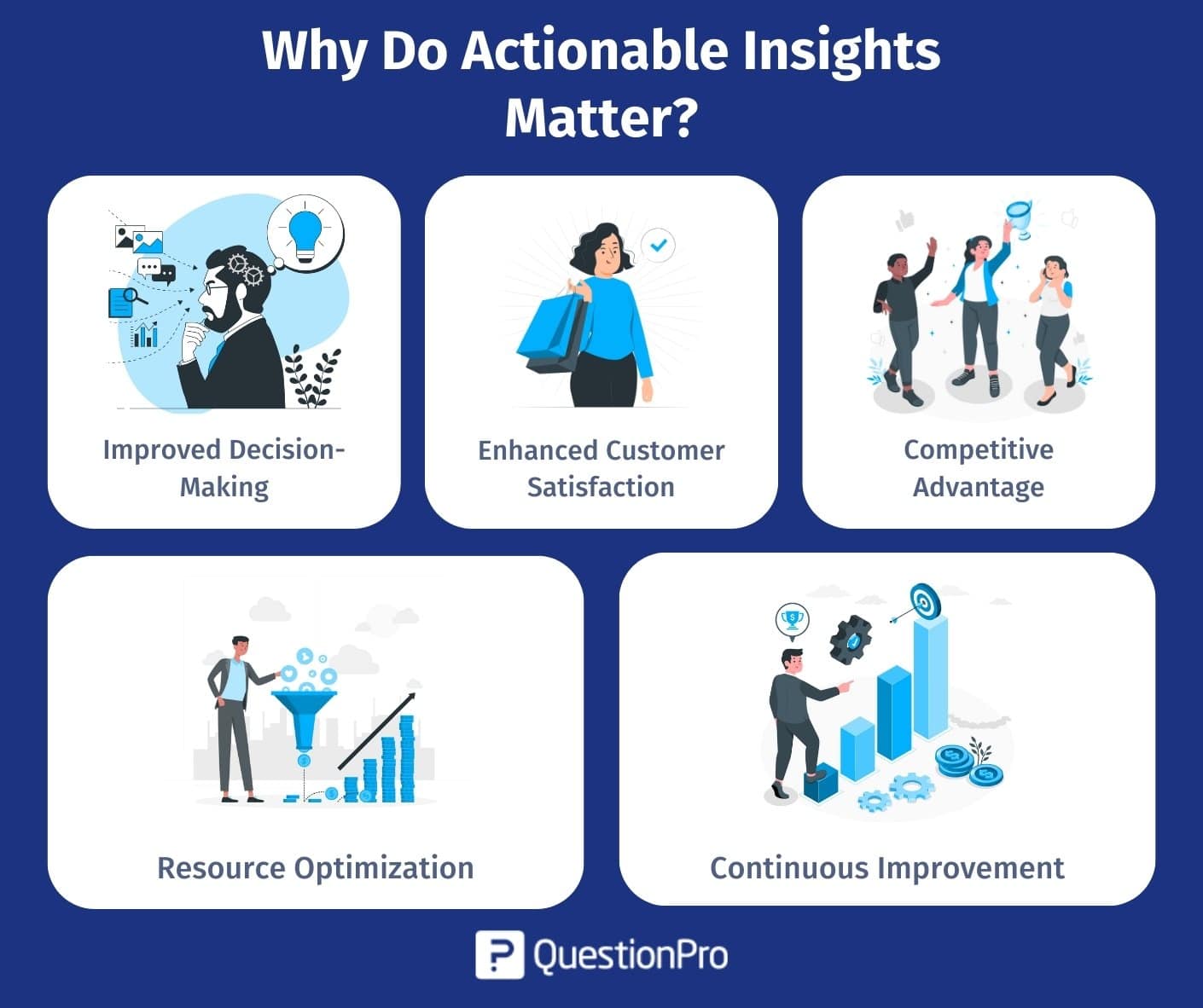
Streamline with Marketing Automation: Marketing automation platforms are essential for tracking customer behaviour across different channels. They enable you to segment your audience effectively, deliver personalised content, and monitor how buyers interact with your business. By doing this, you ensure you’re keeping buyers engaged throughout the B2B buyer journey stages.
Monitor Social Media for Buyer Insights: Social media platforms offer direct access to ongoing buyer conversations, preferences, and competitor activities. Keeping a close eye on these discussions allows you to better understand your audience’s needs, refine your messaging, and stay ahead of evolving industry trends.
Leverage Sales Team Knowledge: Your sales team interacts with prospects daily and has a deep understanding of common objections, frequently asked questions, and areas where buyers need additional support. Gathering feedback from your sales team is critical for refining your approach and improving your B2B buyer journey mapping.
Conduct Competitor Analysis: Analysing your competitors’ tactics, messaging, and audience interactions can highlight gaps in their strategies and reveal opportunities for your business. By understanding their approach, you can better position your offering at each stage of the B2B buyer journey, ensuring it stands out from the competition.
Gain First-Hand Insights at Industry Events: Attending industry events and conferences allows you to connect with potential buyers in real time. These face-to-face interactions provide valuable feedback, giving you a deeper understanding of their challenges and priorities. Use these insights to refine your B2B buyer journey mapping and ensure your strategy resonates with your audience.
Our Tactical Recommendations
From our experience, clients often uncover missed opportunities by aligning their content more tightly with different stages of the buyer journey. One of the most effective actions is creating late-stage content that validates decisions and addresses final concerns. Another highly actionable step involves nurturing leads with a more consultative approach; we have seen that businesses often gain better results by guiding rather than pushing leads.Get In Touch
What Tools or Technology Can Businesses Use to Track and Analyse the B2B Buyer Journey?
Tracking and analysing the B2B buyer journey is essential for understanding how prospects interact with your business at every stage. Fortunately, there are a range of tools and technologies designed specifically to help businesses gather insights and optimise their approach to the modern B2B buyer journey.
What Are the Benefits of B2B Sales Tools?
Investing in the right B2B sales tools is crucial for enhancing your sales processes and ensuring a smooth, data-driven approach to the B2B buyer journey. By optimising your organisation’s tech stack, you can unlock a range of benefits that streamline operations and improve overall performance.
Here are the four key benefits your business will experience by leveraging these tools:
1. Enhanced Efficiency
Top-performing sales teams are characterised by their ability to work efficiently, and B2B sales tools are designed to maximise that efficiency. These tools enable your team to manage their time more effectively by automating routine tasks, allowing them to focus on higher-value activities, such as building relationships with prospects.
The right software will allow your team to automate email and text communications, schedule appointments, and generate reports, all with minimal manual input. By streamlining these processes, your team can spend more time nurturing leads and guiding them through the B2B buyer journey stages.
2. Streamlined Communication
Communication is the backbone of any successful B2B buyer journey. The right tools not only streamline communication but also ensure consistency across all channels. Whether you’re using apps to create email or text sequences that are sent at pre-determined times, or automating follow-up reminders to prevent prospects from slipping through the cracks, these tools help maintain a steady flow of communication.
Additionally, many tools allow you to track your communication efforts. By analysing which messages resonate with your audience and identifying areas for improvement, you can optimise your communication strategy to ensure you’re always delivering the right message at the right time during the modern B2B buyer journey.
3. Refined Reporting
In order to make informed decisions, you need to have access to clear, detailed data. B2B sales tools simplify the process of generating reports, giving you real-time insights into your pipeline, the stage of the sales process each lead is in, and projected outcomes for the coming weeks and months.
These reports enable your team to make data-driven decisions quickly, ensuring that you remain agile and responsive to shifts in the B2B buyer journey. By understanding where prospects are in their journey, you can adapt your strategy to guide them toward making a purchase.
4. Improved Sales Performance
The culmination of all these benefits—enhanced efficiency, streamlined communication, and refined reporting—leads to one inevitable result: improved sales performance. By automating repetitive tasks, maintaining consistent communication, and basing decisions on real-time data, your sales team will operate at a higher level of effectiveness.
While the tools themselves won’t close deals, they provide your team with the necessary foundation to succeed. As a result, you’ll experience smoother processes, stronger relationships with prospects, and, ultimately, better results throughout the B2B buyer journey.
